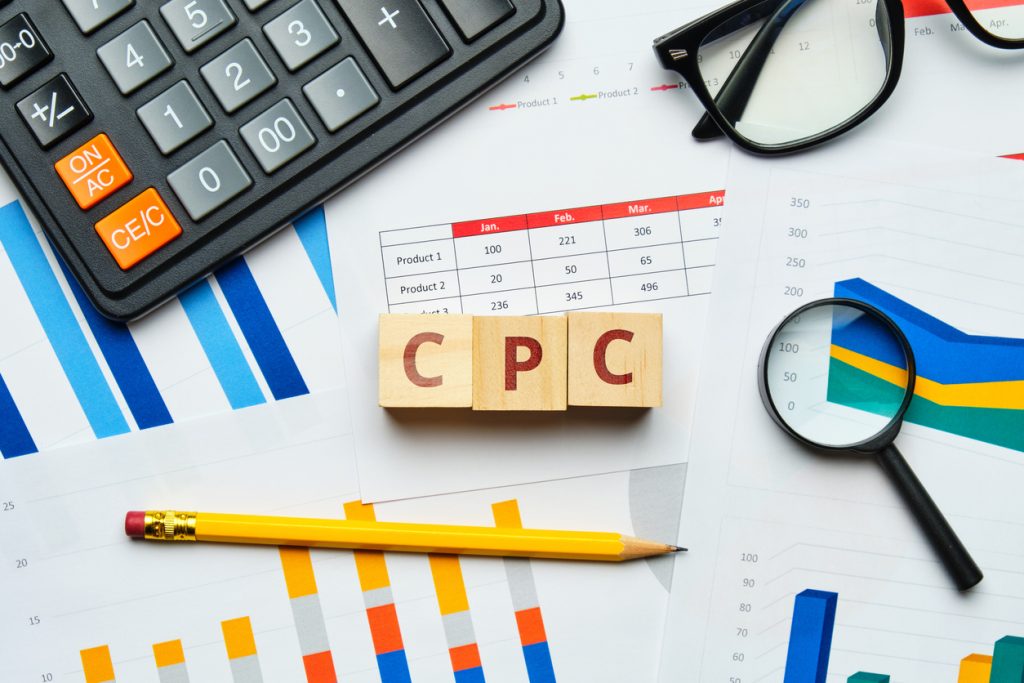When you create your new Google Ads campaign, it is essential to set targets for your advertising campaign. To help, we’ve put together a brief guide to help you determine the best Google Ads bidding strategy for your goals.
What are the Google Ads Bidding strategies?
Several bidding strategies are available to you, and below we’ve outlined each of these bidding strategies, and when you should use them depending on the results you're trying to drive from your PPC campaigns.
1. Manual vs Automated Bidding
The first point to address is Manual vs Automated bidding strategies. A manual bidding strategy gives you considerably more control over how you spend your budget. You can specify how much you want to spend on your campaigns, on individual keywords, and the times of the day you want to spend more or less.
Automated bidding strategies allow you to leverage Google's vast data and machine learning to enable it to make real-time decisions about your bids in response to millions of factors that may change during each ad auction. This method uses historical data from your account and contextual signals from auction-time. An automated bidding strategy will decide the optimal bid for each time it serves your ad.
Although you will lose more granular control with automated bidding, you can still set your maximum budget so your campaigns do not spend more than you want. In return for giving up control, Google will make decisions faster and process far more data than you ever could to adjust your bids as it displays your ads.
2. Maximise Conversions & Target Cost Per Acquisition (tCPA)
Maximise Conversions will use your budget to try and drive the most significant number of relevant actions on your website, be those contact forms, phone calls, or anything else that may be important to your business.
This strategy will spend all your budget to reach people it determines are most likely to complete one of these actions on your website. It uses historical factors that have led to these actions being completed in the past.
You can set a tCPA within your Maximise Conversions strategy to ensure that you maximise not the only number of conversions but also how much you pay for those conversions. With this, you set an average amount that you would like to pay for each conversion and then Google uses that average to determine the optimal bid in an auction, based on that user's likelihood to convert.
This Google Ads strategy is best if you are trying to reach users who are likely to complete one of your website's important calls to action.
3. Maximise Conversion Value & Target Return On Ad Spend (tROAS)
Maximise Conversion Value uses your budget to drive the greatest return from your conversions. You would typically use this strategy to drive sales and conversions with a monetary value. However, if you can calculate the average return from a contact form or phone call, you can assign that to the conversion in Google Ads, and your bidding strategy will use the value to optimise your bids. This strategy will try to spend all your budget to maximise the value that you get from your conversions.
You can set a tROAS within your Maximise Conversion Value strategy to establish an optimal return for your business. With this, your campaign will drive the maximum conversion value that it can from your tROAS.
This Google Ads bidding strategy is the best for you if you are looking to ensure a specific return or value from your ad campaigns.
4. Maximise Clicks & Target Cost Per Click (tCPC)
Maximise Clicks aims to use your budget to drive the highest number of clicks on your ads possible. This strategy will use your budget to optimise your bids to reach people who are most likely to click on your ads and go to your landing page.
You can set a tCPC in your Maximise Clicks strategy to set the maximum amount you want to spend on each click. Google will then determine the optimal bid in an auction to reach a user based on that user's likelihood to click on your ad while keeping within your tCPC.
This Google Ads bidding strategy is the best for you if you want to drive a lot of traffic to your website for a particular cost.
5. Target Impression Share
Target Impression Share bidding uses your budget to ensure that as many people see your ad as possible. Google uses historical data to determine the optimal bid in any auction to make sure that your ad appears at the top or absolute top of the Google search results.
This Google Ads bidding strategy is the best for you if you want as many relevant people to see your brand as possible to improve awareness and recall.
Summary
If you are trying to determine the best Google Ads bidding strategy for your campaign, you will need to think clearly about the goals you are trying to achieve. The goals you set will determine the best google ads strategy that will work for your campaign. And make sure you agree on both the goals and the right approach before committing any ad spend on a Google Ads campaign.
As a dedicated PPC Ads agency with experience managing a wide range of Google Ads campaigns, we can help you with the assistance you need to make this decision. Feel free to contact us for more information.


